Removing the overspray from your car can prove very difficult, so you must take proper care. If you are looking for a way to remove overspray from your car without having to destroy the clear coat, we consulted with automobile experts, and here's the reply we learned.
You can remove overspray by applying the following materials and/or tools:
- clay bar
- wet sanding
- de-nibbler or air nibbler
- plastic blade
- immersion in oil or solvent
To provide you with further information, we have given a more elaborate explanation of how to successfully remove overspray using each technique. Please keep reading to learn more!
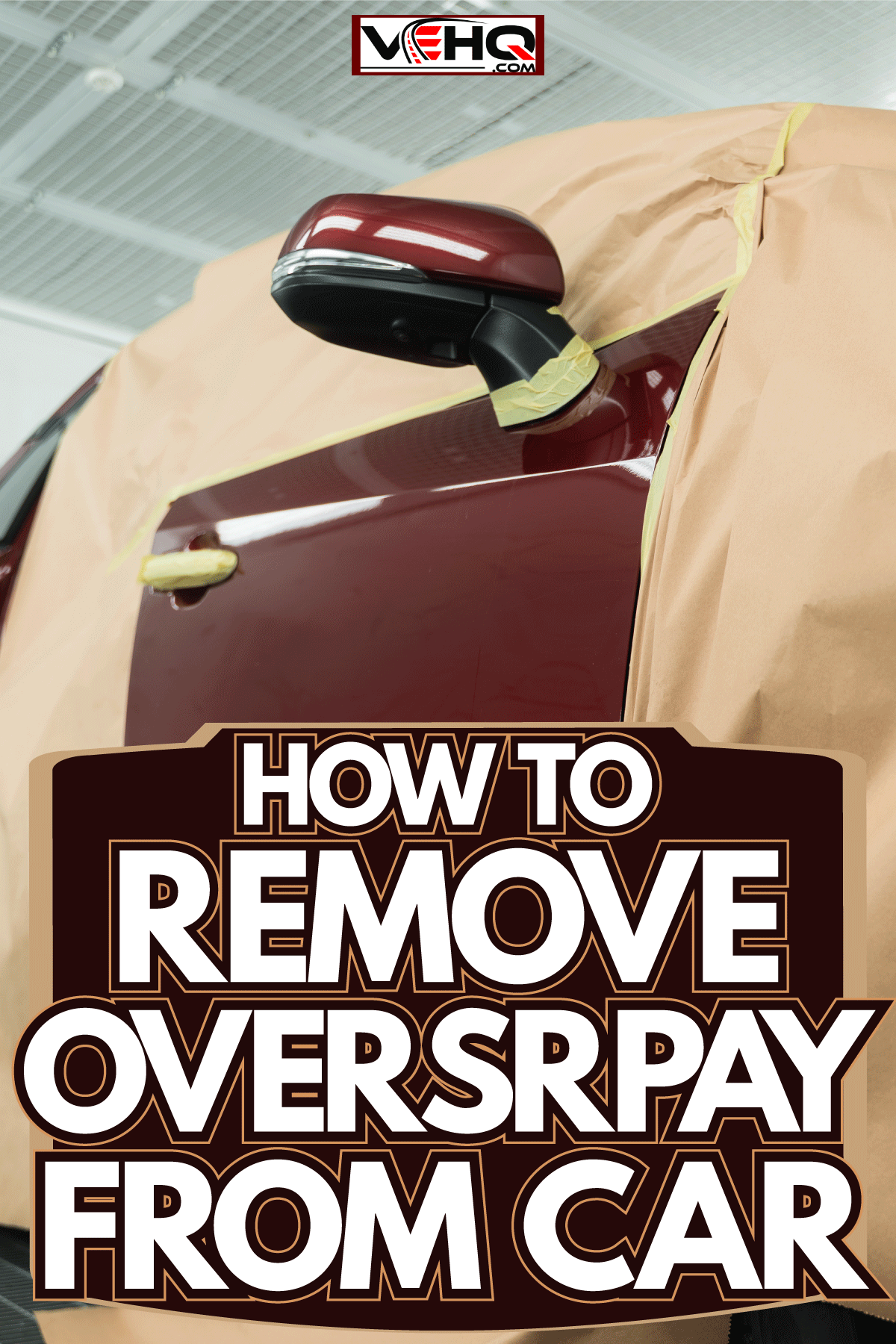
What is Overspray?
The paint that is sprayed but does not cover the intended area is referred to as overspray. The most frequent occurrence is when commercial paint strays onto undesired areas, auto detailing, and graffiti. When undesired drifting paint falls on autos, it is referred to as overspray in the auto detailing industry.
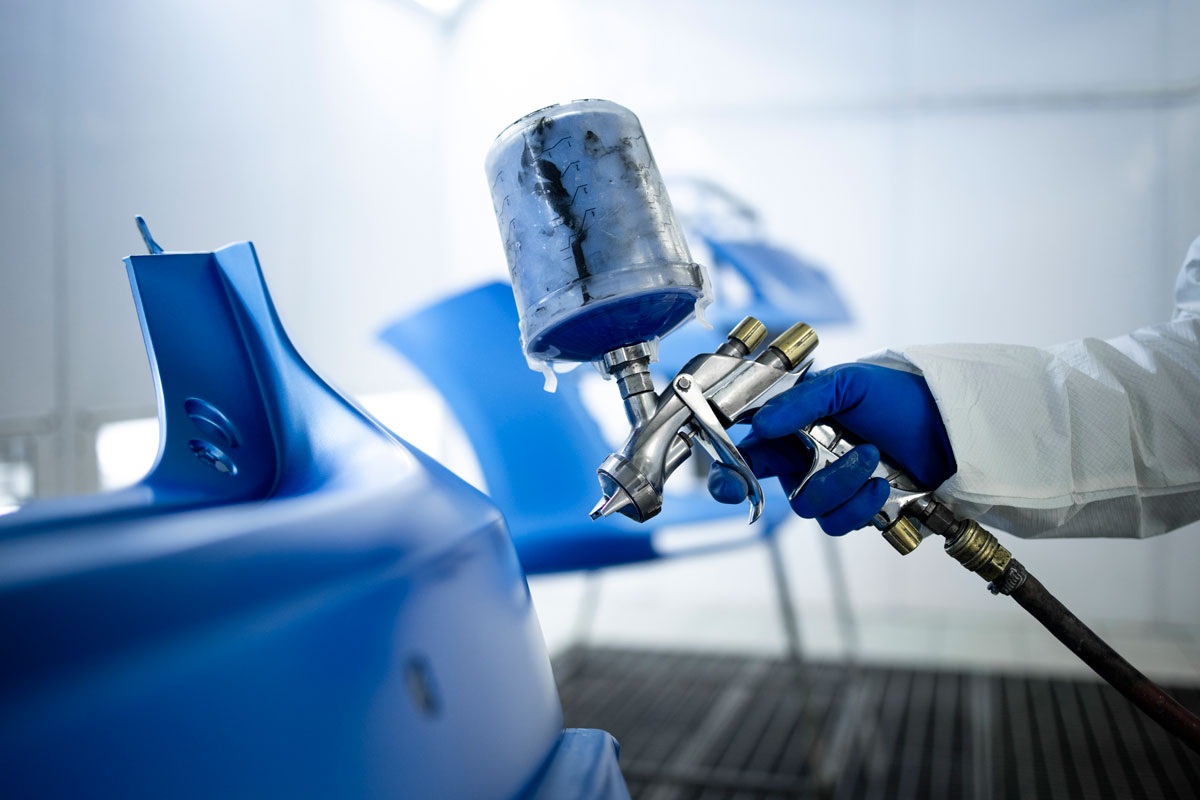
When you spray the car, remove the panels. You might still have overspray whether you paint with a roller or a sprayer. The easiest way to prevent overspray on your clear coat is to use a paint booth where you can seal off your car from the elements. It is crucial to tape off areas you do not intend to paint to avoid overspray.
What Removes Overspray?
The use of a specialized clay bar is the method most frequently used to remove overspray. If the paint has a solvent- or water-base, a clay bar can be used. We'll delve into the details of using clay bars and clay lubricants later in this post.
Paint overspray can also be removed using paint or lacquer thinner. Follow the safety guidelines provided by the solvent manufacturer in these situations, and make sure to properly wash your hands after usage.
A number of tools can also be used with care for removing overspray. Let's take a closer look.
Ways to Remove Paint Overspray From Your Car
Depending on how much of an overspray there is, how difficult it has become to remove, and how huge the blobs are, several methods can be employed to remove overspray. They are as follows:
Use of Claying
The paint flecks can be removed by using a standard clay bar to pry them apart from the surface. It might not be simple, and it might call for some pressure and effort, but it is effective in the majority of situations.
See Chemical Guys clay bar on Amazon.
Wet Sanding
A rougher method can be required if a clay bar isn't rough enough. Wet sanding will indeed remove the paint flecks, but be careful as it also can remove a tiny bit of the old paint.
De-nibbler or Air Nibbler
There can be a tiny dab of paint when filling in paint that has chipped off. A de-nibbler can get rid of this. You could carefully "nibble" off overspray using this tool as well. But this will take a lot longer.
Plastic Blade
Although they are constructed of strong plastic, plastic razors have the appearance of razor blades. The overspray can be pushed off the surface by this plastic's strength and hardness, but it won't be able to scratch the paintwork.
Immersion in Oils or Solvents
The paint flecks can be removed easier by loosening them with mineral spirits or vaseline. For overspray that is still very fresh, this frequently works best. It will be much simpler to remove with clay or even a microfiber cloth after soaking.
Does WD-40 Ruin Car Paint?
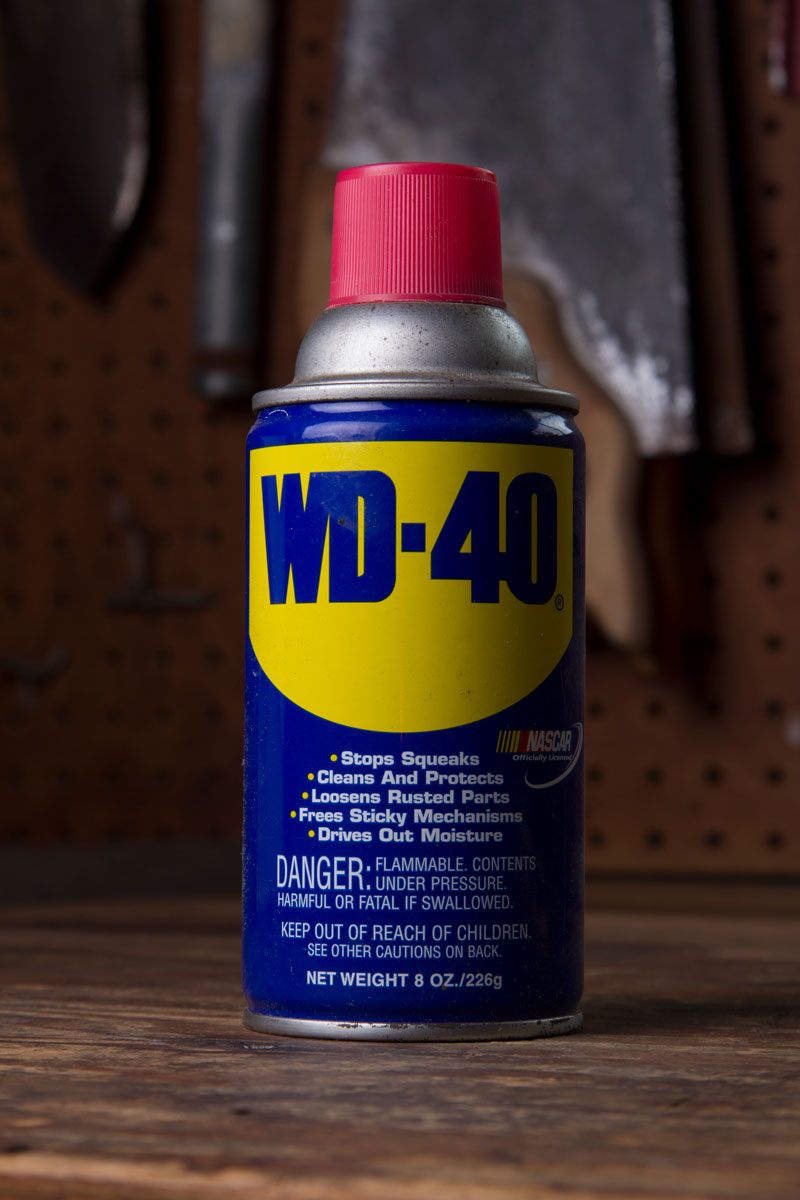
WD-40 is a household product with versatile uses. To cover up minor scratches and scrapes on car paintwork, it is frequently used in place of car polish. In addition, WD-40 works wonders to get rid of asphalt, mud, and bird droppings. It can be used in a majority of automotive surfaces, including the interiors.
Nothing in WD-40 will damage the paint job on your car. Although the precise components are kept a trade secret, we are aware that it is a special combination of lubricants. To protect their proprietary blend, the makers decided not to patent the formula back in the 1950s.
The main purpose of the WD, which stands for "water displacement," is to remove moisture from surfaces. Originally, WD-40 was manufactured for the American aircraft company, Convair. Its purpose was to coat the exterior of their Atlas missile to protect it from rust and corrosion.
As its intended purpose is precisely the same as using it on car paint, it is unsurprising that WD-40 will not destroy the paintwork. Check out the WD-40 on amazon.
Does WD-40 Hurt Clearcoat?
No, WD-40 won't damage the clear coat on your car. Because WD-40 is petroleum-based, it is suitable to be used on a car's clear coat just like it is on the paint. To avoid a buildup of dirt, take care to clean any leftovers from your clear coat.
Does Claybar Remove Overspray?
The most crucial point to note is to choose an entirely genuine clay bar. Your overspray issues will be resolved by doing this. When it comes to eliminating overspray from all automotive surfaces, including glass, clay bars are amazing.
To get the most from the clay bar, you will also require lubrication while using it. Simple lubricants include cleaning sprays, mild soap, or a unique spray that frequently comes with clay bars.
When you have a clay bar as well as the desired lubricant in your possession, cleaning your surface is the next step. You will need to smoothen new clay bars by hand because they often have rough surfaces. They can become softer by using water.
See Chemical Guys clay lubrication on Amazon.
How to Use Claybar
It is crucial to make sure the region is cleaned and lubricated. Because it enables the clay bar to be used to its greatest ability. After using the clay bar, you can wipe the surface with a dry towel.
Pull out the clay bar, then begin gently massaging the area with it. You should detect a slightly rougher texture. The overspray against the clay bar is what's giving you that feeling.
You can tell the clay bar is functioning properly when there is resistance between it and the overspray. The overspray just on automobiles is starting to come off.
After the overspray has been removed and the surface has been cleaned with the clay bar, you should clean the afflicted area with a towel as the last step. You can also clean the impacted area with a body cleanser.
In doing so, the residual dust and particles will be removed from the car, leaving it looking shiny. The clear coat will last for many years thanks to this procedure.
How Much Does It Cost to Remove Overspray From Car?
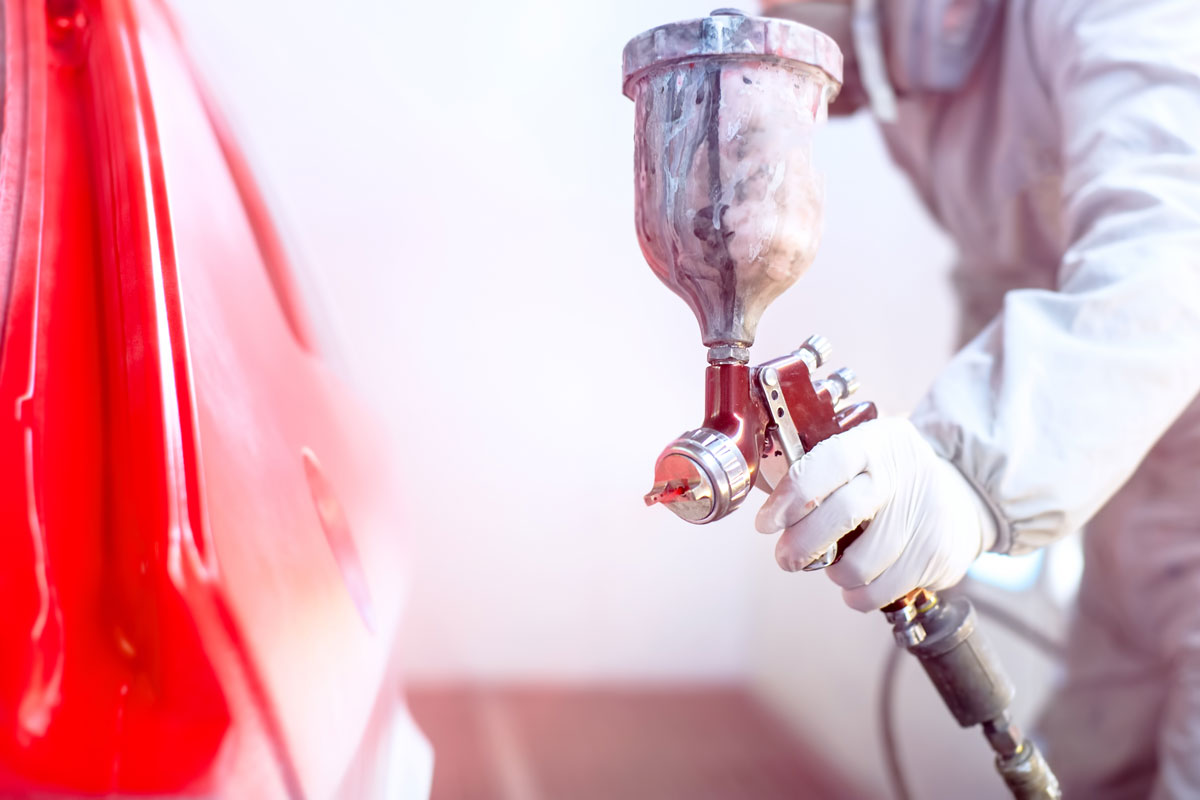
The normal price range for removing paint overspray from a car is between $150 and $500 or more. These fees are typical for qualified detailers or reconditioning technicians.
Will Rubbing Alcohol Damage Car Paint?
Car paint can be cleaned with rubbing alcohol. Grease, oil, and other heavy soiling can be removed off car paint with rubbing alcohol. Another crucial substance used to prepare the surface of vehicles for new paint, automobile wraps, tint, and other applications is rubbing alcohol.
However, before applying alcohol to painted surfaces, it should have been weakened within 10 and 15 percent. For freshly painted surfaces, alcohol is not advised.
Alcohol should never be used at full strength because it could harm your car's paint in the long run. However, when diluted properly, alcohol could be used to prepare the surface of materials for painting.
Does Vinegar Remove Spray Paint?
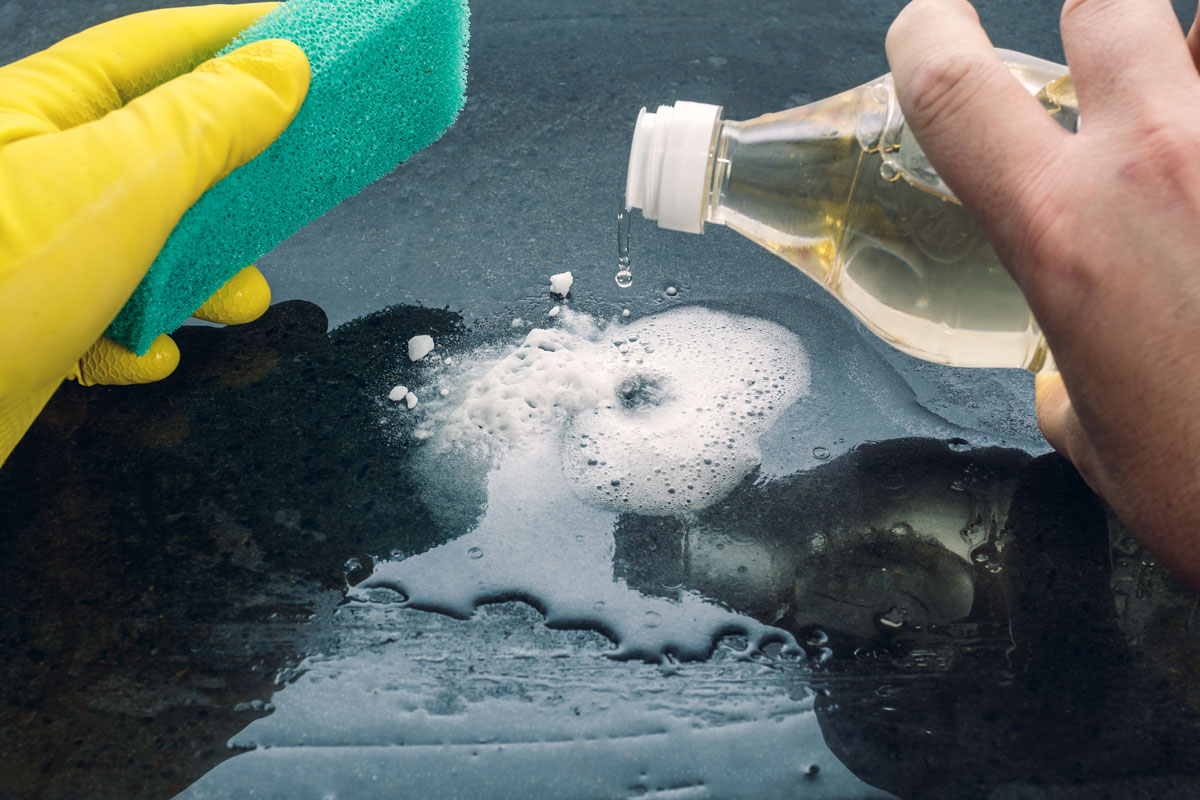
Most kitchen pantries contain vinegar, which is frequently used to create pickles or flavor vinaigrette salad dressing. You are, however, losing out on countless domestic uses if you only use vinegar in recipes.
Cleaning hardened, stalled paint off windows and other surface materials is simple, affordable, and effective when done with vinegar.
Most significantly, vinegar is inexpensive, safe for the environment, and effectively dissolves tenacious paint with no noxious fumes or dangerous chemicals. Don't worry if you dislike vinegar's fragrance. The scent of vinegar disperses quickly.
Here is how it can be used:
- Warm up a little white distilled vinegar in a sauce pan. Alternately, you could microwave the vinegar if you put it in a microwave-safe bowl.
- Pour some hot vinegar onto a cleaned paintbrush or sponge. On the dried paint, dab some vinegar.
- Give the paint 10 minutes to soften after adding the vinegar. Reapply hot vinegar if the paint is also still glued on.
- Use a paint scraper to remove the loose paint. To get rid of the vinegar and leftover paint, wipe the area with a moist towel.
Conclusion
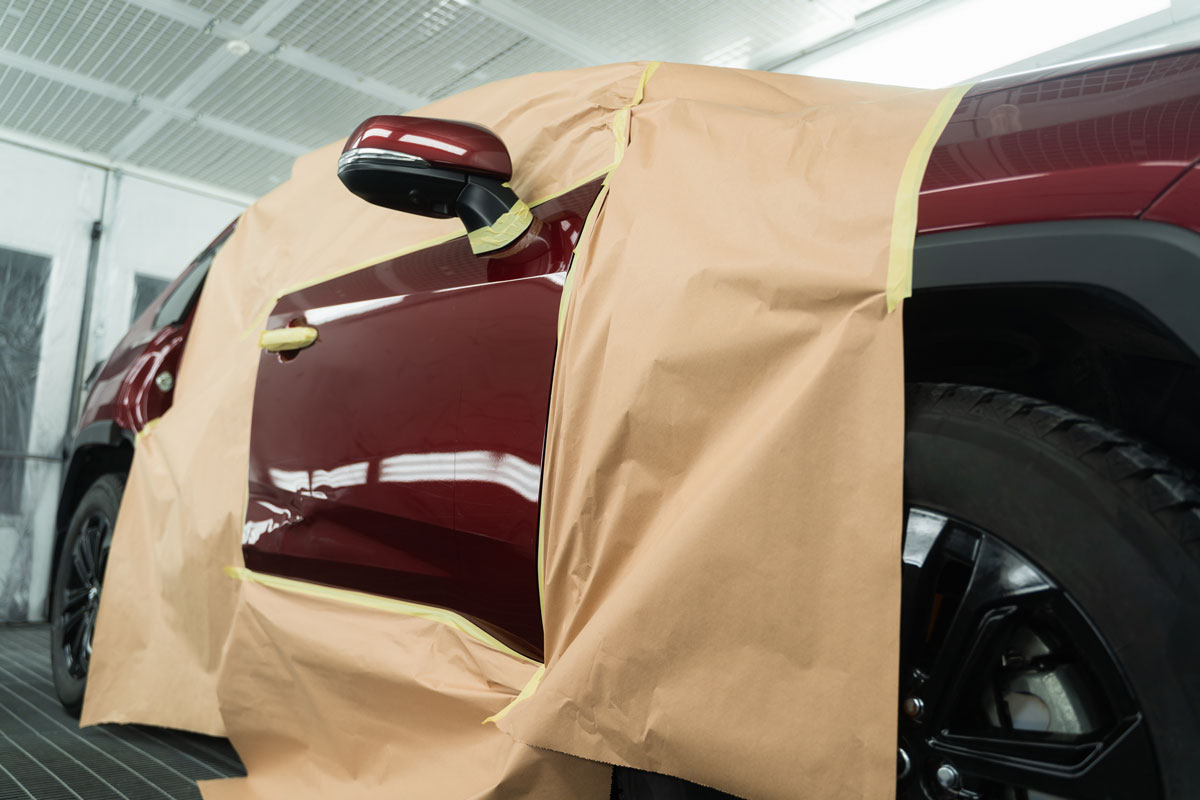
From this post, you have learned that there are several ways to either remove and also prevent overspray on your car. So when next you want to remove some overspray, the information provided would help you successfully clean it out with little stress.
For more on car paints, here are related articles you would also enjoy:



